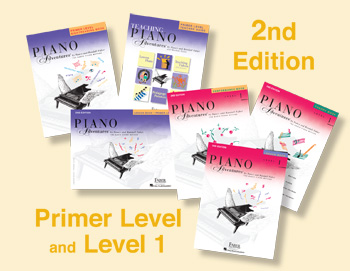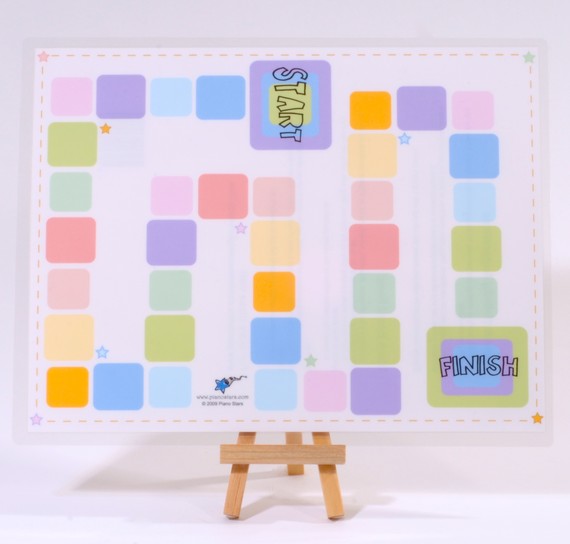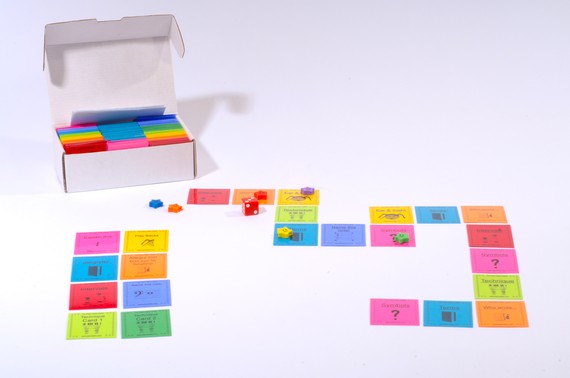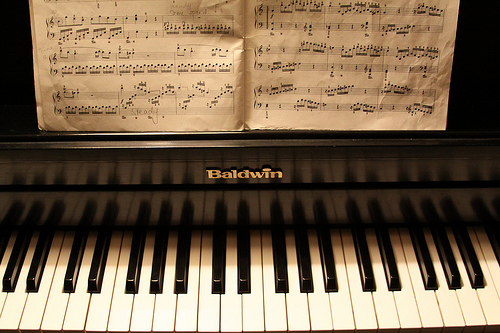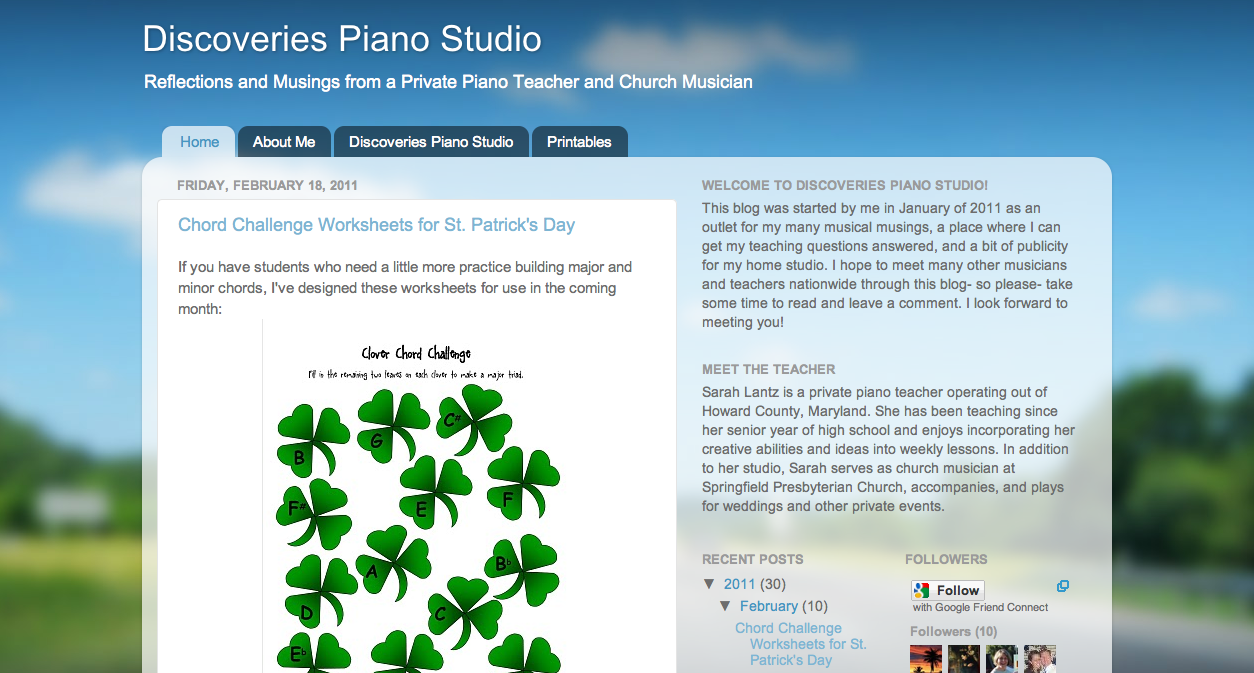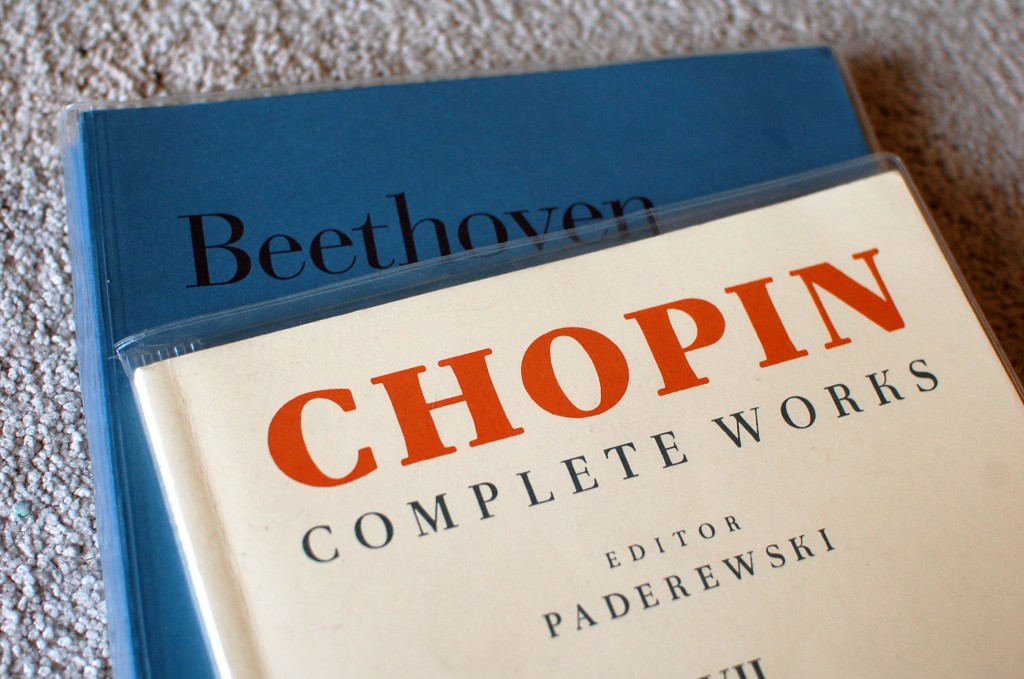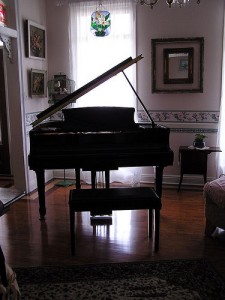 Last week’s Forum Q&A was all about the benefits of joining a professional organization such as MTNA. There are some very interesting comments, so please take a moment to read them by clicking here!
Last week’s Forum Q&A was all about the benefits of joining a professional organization such as MTNA. There are some very interesting comments, so please take a moment to read them by clicking here!
This week’s Forum Q&A was inspired by Leah. 😉 I will be piano shopping over the summer, and am starting to think ahead about what kind of piano I’d like to buy! I’d love to hear about what kind of piano you have in your studio, and what piano brand(s) are your favorite. So, please tell us:
What kind of piano do you have in your home? Do you have more than one? =)
What piano manufacturer/brand(s) are your favorite and why?
Do you know of any good tips about buying pianos?
It would be so fun to see photos of what kind of pianos everyone has! Perhaps if you have a blog, you could post a picture of your piano and share a link to it in the comments below. If you don’t have a blog, feel free to email me your picture (admin[at]colorinmypiano.com) and perhaps I could put together a photo collage of sorts and post it next week! This will be so fun!!
Photo Credit: shawnzrossi | CC 2.0



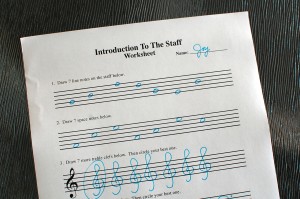 A new worksheet has just been added to the
A new worksheet has just been added to the 
